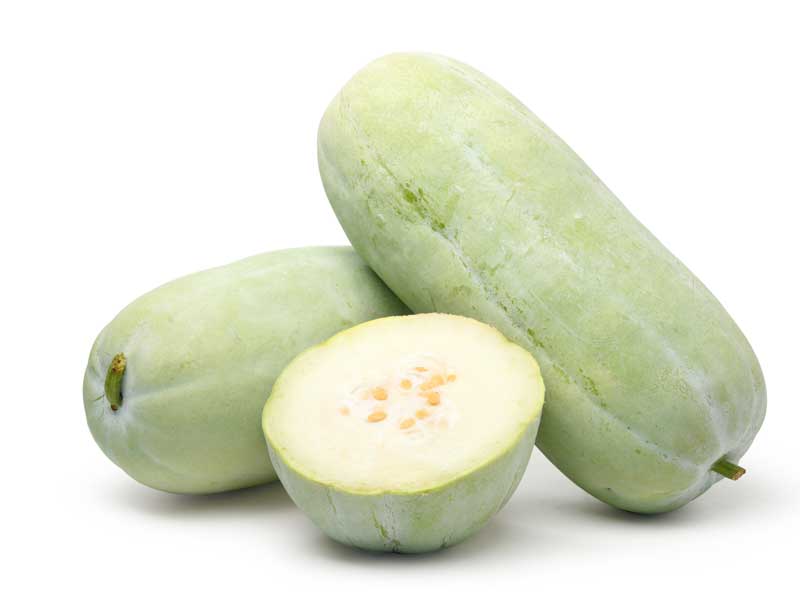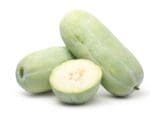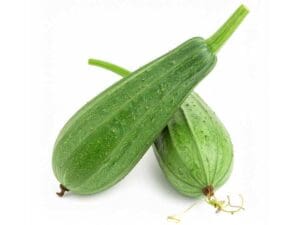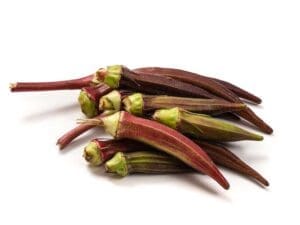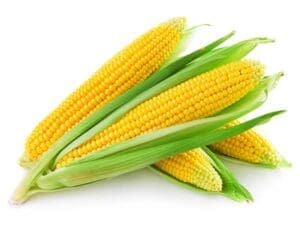WAX GOURD ‘Winter Melon’ F1 Vegetable Seeds
Botanical Name: Benincasa hispida
- Also known as ash gourd, winter melon, or white gourd—staple in Chinese, Indian, and Southeast Asian cuisine.
- Produces large, oval fruits with smooth green skin that develops a powdery white wax coating as it matures.
- Young fruits have a mild flavour and soft texture—perfect for soups, curries, and stir-fries.
- Mature fruits store well and are ideal for slow-cooked broths and traditional desserts.
- F1 hybrid variety bred for high yields, vigorous growth, and uniform fruit size.
- Sprawling or climbing vine—grow along the ground or support on sturdy trellises.
- Requires warm, humid growing conditions and a long season to reach full maturity.
Plant Details
- Plant Type: Annual climbing or sprawling vine
- Plant Height: Vines can spread 4–6 m with support
Sowing Information
- Germination: 7–14 days (optimal soil temperature: 25–32°C)
- Depth: 2–3 cm deep
- Position: Full sun
- Sow Where: Direct into garden beds or raised mounds; thin to strongest seedlings
- Soil Type: Rich, well-drained soil with plenty of compost or aged manure; pH 6.0–7.5
- Spacing: 90 cm between plants; 150 cm between rows or mounds
Growing Tips
- Pre-soak seeds overnight to speed up germination.
- Support young vines with trellises or allow space for them to sprawl.
- Mulch well to conserve moisture and suppress weeds.
- Feed with balanced liquid fertiliser every 2–3 weeks during active growth.
- Water consistently during flowering and fruiting to prevent bitterness or splitting.
- Harvest young for cooking or wait until fruits are fully mature with white waxy coating.
Harvest
Harvest in 90–120 days after sowing. Pick when fruits are full-sized and skin has a pale waxy coating. Mature fruits can be stored for several months in cool, dry conditions.
When to Sow Wax Gourd in Your Climate
| Climate Zone | Best Planting Time | Tips |
|---|---|---|
| Temperate | October–December | Sow after risk of frost has passed; protect from cold nights early on. |
| Subtropical | September–March | Plant during warm, frost-free periods; keep soil consistently moist. |
| Tropical | Year-round | Best in drier months with adequate sun and airflow to reduce fungal issues. |
| Cool | October–December | Start indoors or in greenhouses; transplant after danger of frost has passed. |
| Arid | August–March | Plant in mild seasons; water deeply and mulch well to conserve moisture. |
Companion Planting
Wax Gourd ‘Winter Melon F1’ thrives when grown alongside companion plants that enhance growth, deter pests naturally, and support overall garden health. Strategic planting creates a balanced ecosystem, promoting vigorous vines and high-quality fruit.
- Basil: Aromatic herb that repels aphids, whiteflies, and other common pests. Basil also attracts beneficial insects, improving pollination and encouraging strong, healthy growth in wax gourd vines.
- Corn: Acts as a natural support for climbing or sprawling wax gourd vines and provides partial shade to maintain soil moisture. Corn also benefits from nitrogen fixed in the soil by nearby legumes when included in mixed plantings.
- Additional Companions: Beans, nasturtium, marigold, and cucumbers improve pest management, attract pollinators, and enhance soil fertility when planted near wax gourd.
Planting basil and corn together with Wax Gourd ‘Winter Melon F1’ creates a productive, low-maintenance planting system. This combination improves soil health, reduces pest pressure, and encourages steady, healthy development throughout the growing season, resulting in large, tender fruits and a reliable harvest.

